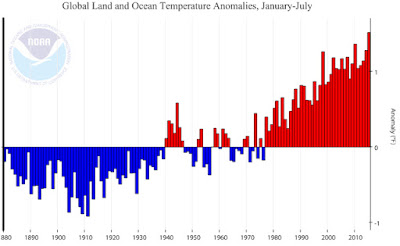25 August 2015, The Conversation,There’s another way to combat climate change — but let’s not call it geoengineering. No matter how much we reduce greenhouse gas emissions, it will not be enough to keep global warming below 2C – the internationally agreed “safe” limit. This fact has been implied by the Intergovernmental Panel on Climate Change, and confirmed again recently by international research. Does this mean we should give up? Not at all. There is a plan B to keep warming below dangerous levels: helping the planet to take more carbon dioxide out of the atmosphere. In his new book Atmosphere of Hope, Tim Flannery, Climate Councillor and Professorial Fellow at the Melbourne Sustainable Society Institute (and co-author of this article), argues that these strategies will be necessary to combat climate change, but cannot substitute completely for reducing emissions. Read More here
25 August 2015, The Guardian, Here’s what happens when you try to replicate climate contrarian papers. A new paper finds common errors among the 3% of climate papers that reject the global warming consensus. Those who reject the 97% expert consensus on human-caused global warmingoften invoke Galileo as an example of when the scientific minority overturned the majority view. In reality, climate contrarians have almost nothing in common with Galileo, whose conclusions were based on empirical scientific evidence, supported by many scientific contemporaries, and persecuted by the religious-political establishment. Nevertheless, there’s a slim chance that the 2–3% minority is correct and the 97% climate consensus is wrong. To evaluate that possibility, a new paper published in the journal of Theoretical and Applied Climatology examines a selection of contrarian climate science research and attempts to replicate their results. The idea is that accurate scientific research should be replicable, and through replication we can also identify any methodological flaws in that research. The study also seeks to answer the question, why do these contrarian papers come to a different conclusion than 97% of the climate science literature? Read More here

